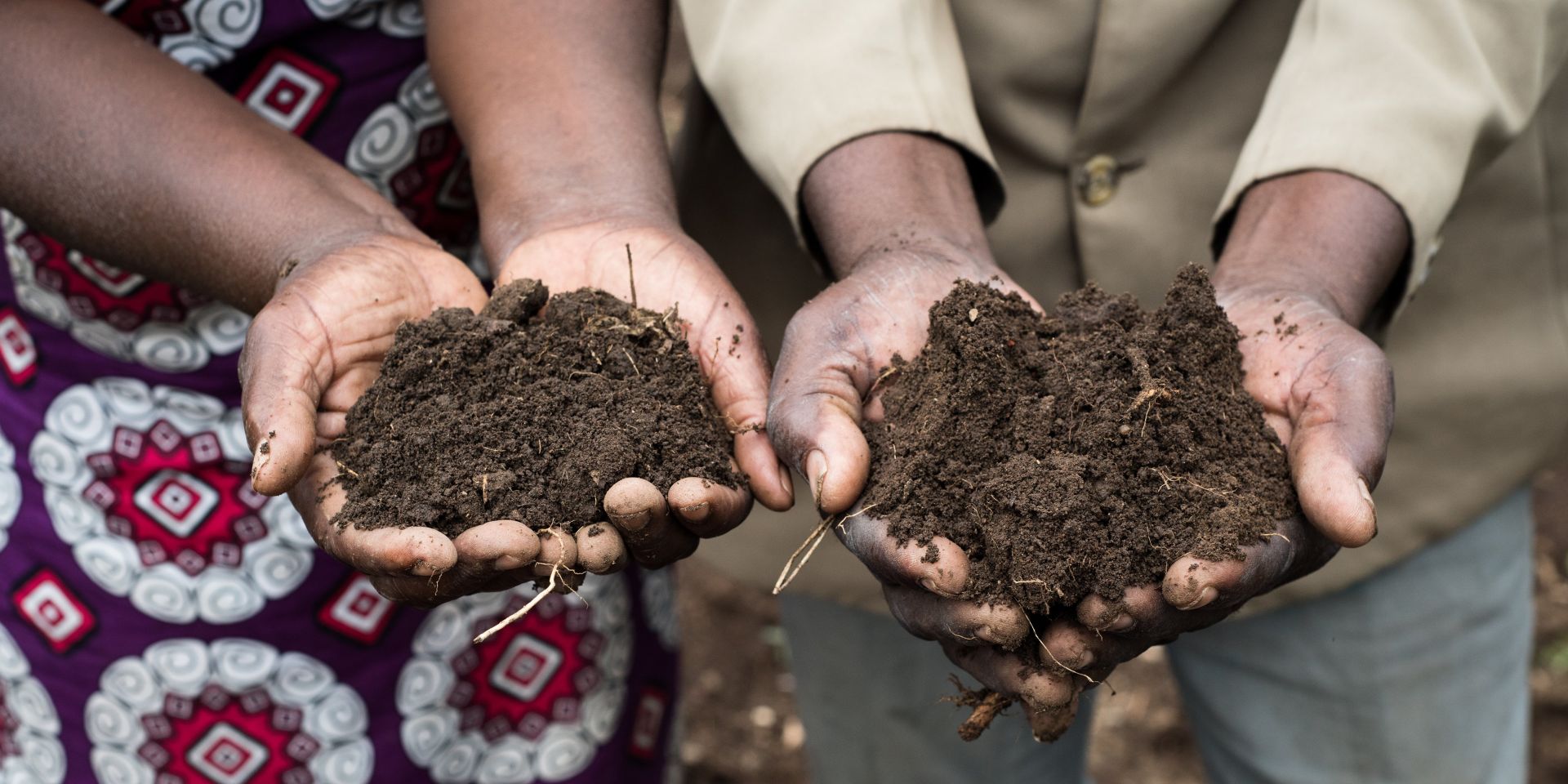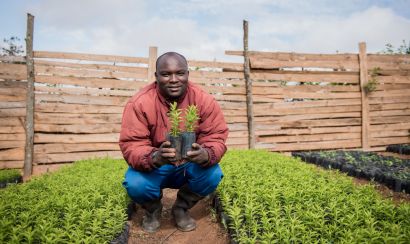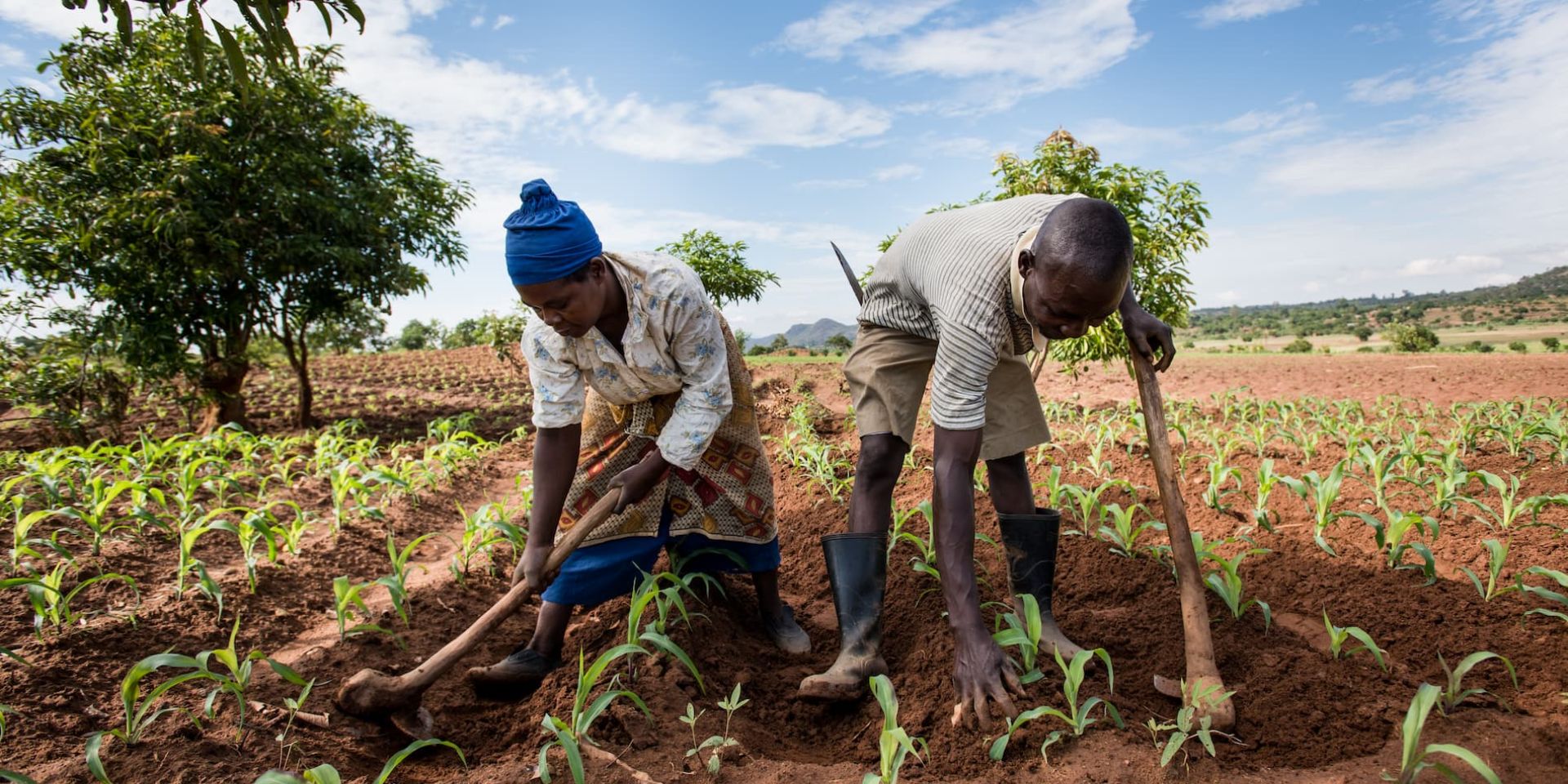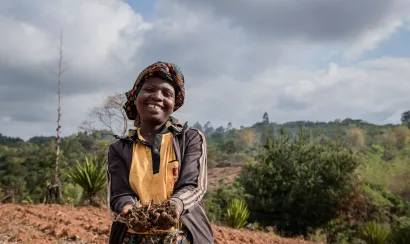5 One Acre Fund Trials with Exciting Implications for Soil Health
Recent Trials and Innovations
Summer is winding down, and with it the 2015 UN International Year of Soils. But here at One Acre Fund, where our guiding mission is to help smallholder farmers improve their productivity and increase their incomes, our dirt obsession is still going strong.
Every year, we trial hundreds of new products, in an effort to test which agriculture innovations will generate the greatest impact for our clients. A new product is considered scalable if it passes muster with farmers, and is simple enough to distribute efficiently and cost-effectively.
Increasingly, however, we’re focused on innovations that will boost farmer resilience to environmental shocks. We’re on the hunt for new products that are not only good for farmers in the short-term, but also for the long-term health of their families and their land.
Here, we share five trials we recently conducted whose results have exciting implications for soil health and farmer resilience.
1. Maize-Legume Intercropping
Maize was originally domesticated in Central America approximately 10,000 years ago, where the native Mesoamericans developed an ingenious system of planting maize interspersed with beans (known as “the three sisters,” along with squash) that sustained agricultural productivity for millennia. In this intercropping system, the particular biology of the two crops are exploited and synergized: maize is a heavy feeder of soil nitrogen, while beans, which are legumes, increase soil nitrogen by biologically extracting nitrogen from the air.
Smallholder farmers in Africa also commonly use maize/bean intercropping to increase soil nitrogen and agricultural productivity. One Acre Fund conducted a series of maize/legume intercropping trials in order determine the optimum species and arrangement to provide farmers with significant and positive economic and food security impacts. Read the full trial report and results.
2. Grevillea Trees
Agroforestry is the practice of incorporating trees into agricultural landscapes. Trees offer a variety of benefits for smallholder farmers. They provide a source of fuel wood for domestic cooking, timber for construction, shade, fruit (e.g. mangos, avocados), fodder for livestock, and green manure for improving soil fertility. When grown alongside other crops, trees contribute to food and financial security for smallholder farmers. In addition, they provide several environmental benefits. These include increasing on-farm biodiversity, protecting the soil from erosion, and sequestering atmospheric carbon in their biomass.
In the 2013 Long Rains season, One Acre Fund distributed grevillea tree seed and trainings to over 60,000 farmers, and tested new planting and training techniques to maximize impact. Our report explains how we decided on grevillea trees as a product to test, and reviews trial outcomes and next steps.
3. Lime Application
Due to climate and geology, African soils can be relatively acidic. The vast majority of smallholder farmers in East Africa cultivate acidic soils— the severity of the acidity is variable, but in Kenya, the Ministry of Agriculture estimates that around 50 percent of smallholders in western Kenya may be farming soils with pH below 5.5, where optimum pH for plant growth is 6.5.
Soil acidity is important for several reasons. Firstly, at low soil pH (more acidic), nutrients abundant in the soil become unavailable for plants to utilize. This frequently results in plant nutrient deficiencies and poor yields. Secondly, low pH makes fertilizer less efficient, meaning more fertilizer is needed to achieve the same level of harvest. And finally, some elements in the soil (like aluminum) can become toxic at low pH levels.
While One Acre Fund currently combats soil acidification by recommending practices like fertilizer microdosing and compost use, our trials indicate that agricultural lime may be a promising method for managing soil acidity.
4. Rhizobia
Common beans are the second most widely grown crop in East Africa. In Rwanda, they are the primary staple crop. A leguminous plant, common beans have the ability to take nitrogen (N) from the air and use it for their growth (most plants derive nitrogen from the soil only). This process is referred to as biological nitrogen fixation.
In modern agriculture, fertilizer nitrogen is one of the most costly inputs for farmers. By focusing on low-cost ways to improve biological nitrogen fixation—for example, through the use of rhizobia, symbiotic soil bacteria that attach to plant roots and fix nitrogen in the soil— farmers can maintain high bean yields while applying only a fraction of the normal amount of fertilizer.
One Acre Fund’s rhizobia trial tested six different configurations of fertilizer and rhizobia inoculant with climbing bean seed. Read the full report to find out what we learned.
5. Soybean
Historically, common bean has been the dominant legume for smallholder farmers in East Africa. However, over the past few decades, local governments and development and research organizations have pushed for greater cultivation of soybean.
Soybean offers several advantages over common bean: it has a nitrogen fixation potential six times greater than common bean; and it can be made into soymilk, soy mince, dry-roasted soy “nuts” and soybean oil. It is also one of the top global agricultural commodities and has a greater demand on the international market than common beans. Soybean’s potential to improve food security and increase the livelihoods of millions of African farming families is illustrated by the results of our trial.
Want to geek out on even more agriculture innovations trials? Visit One Acre Fund’s online insights library for free access to our downloadable trial reports.




